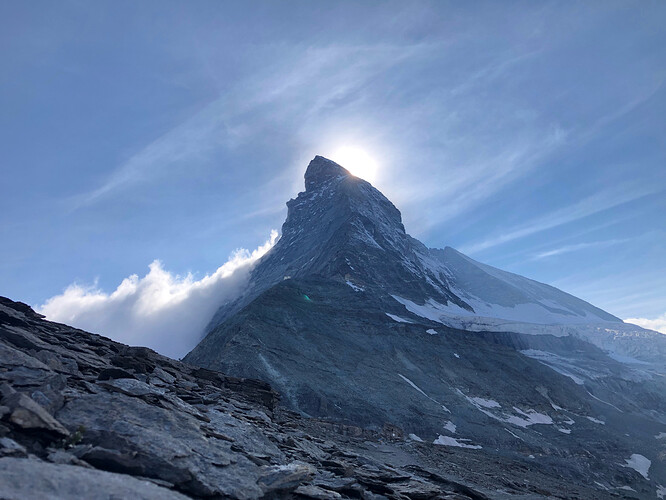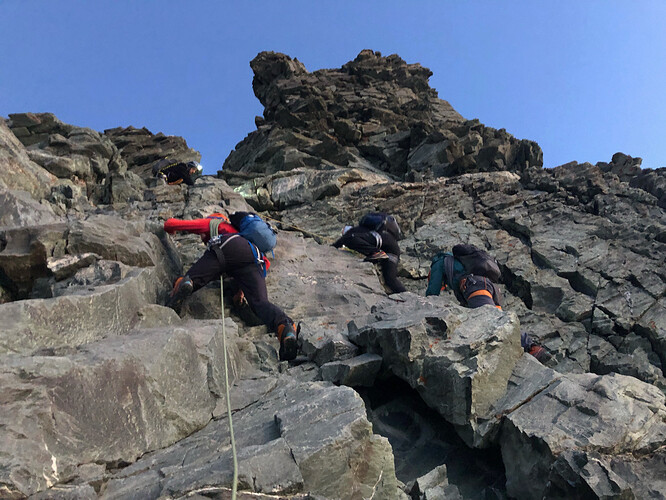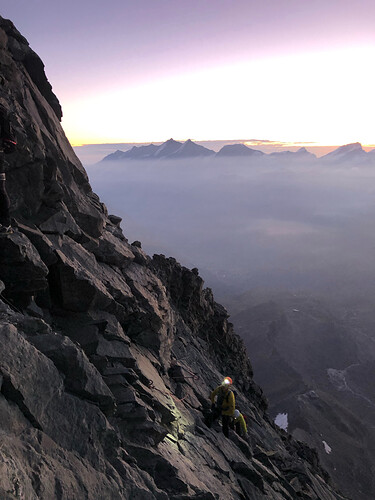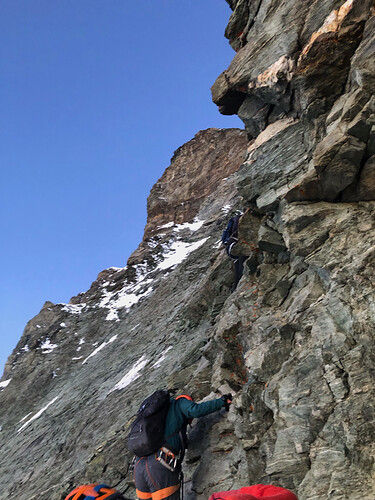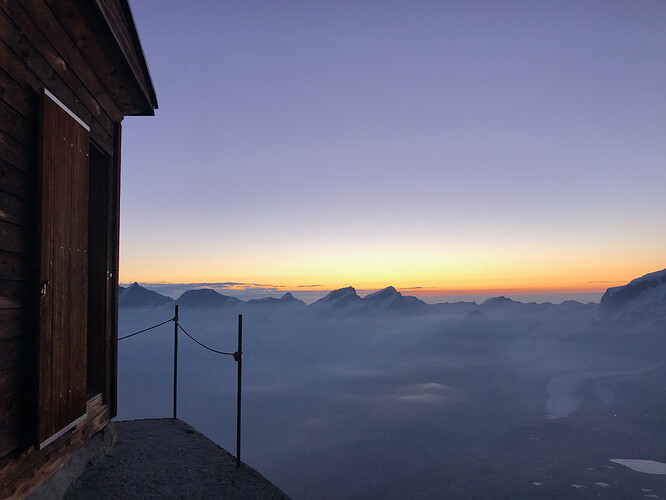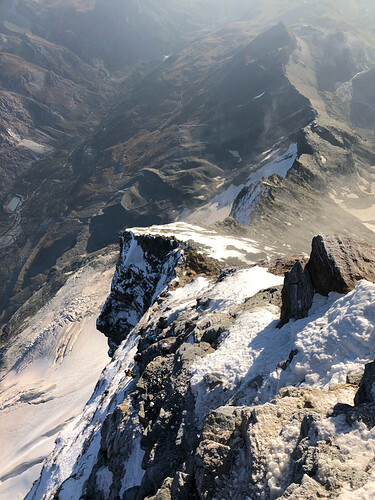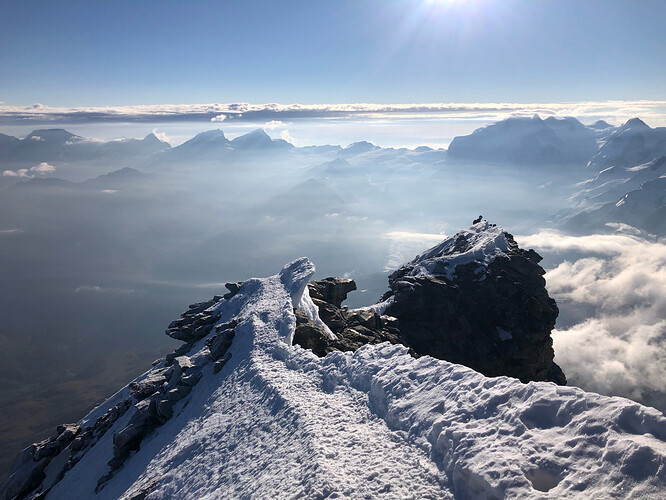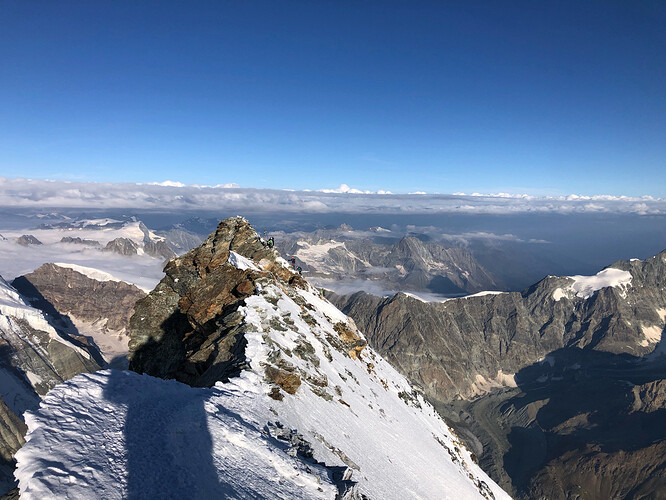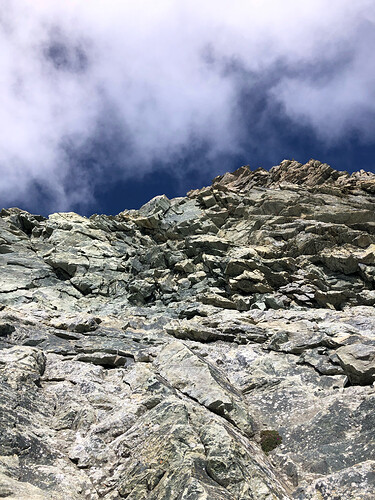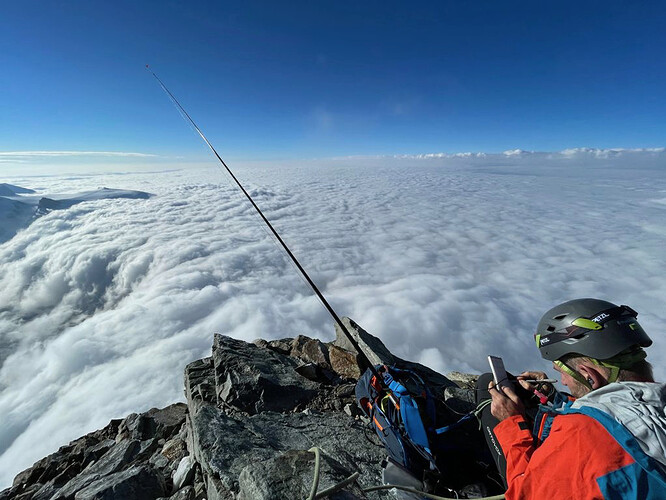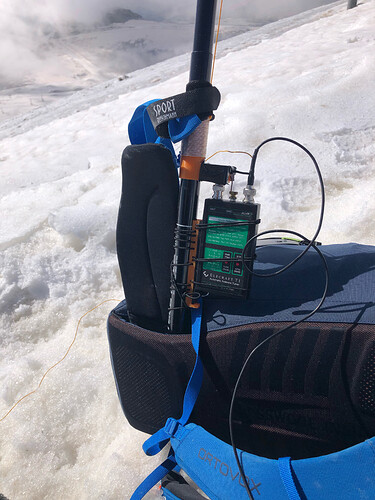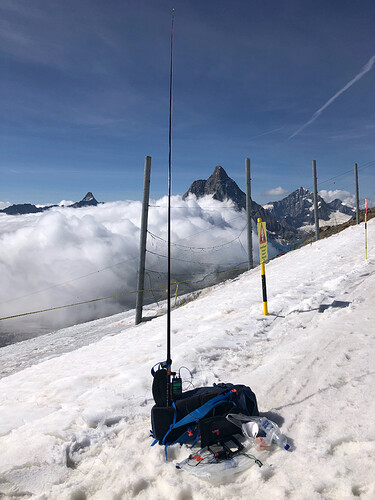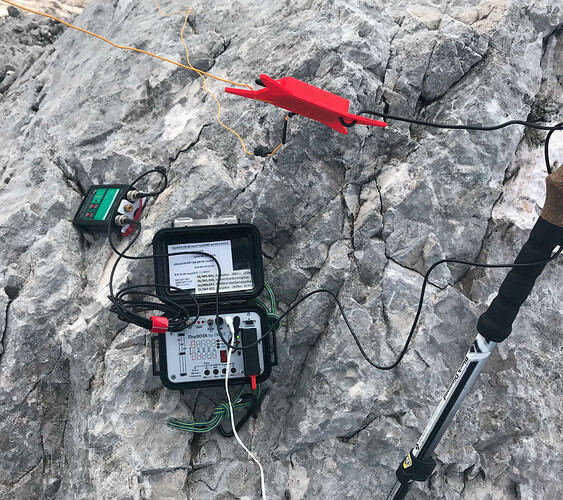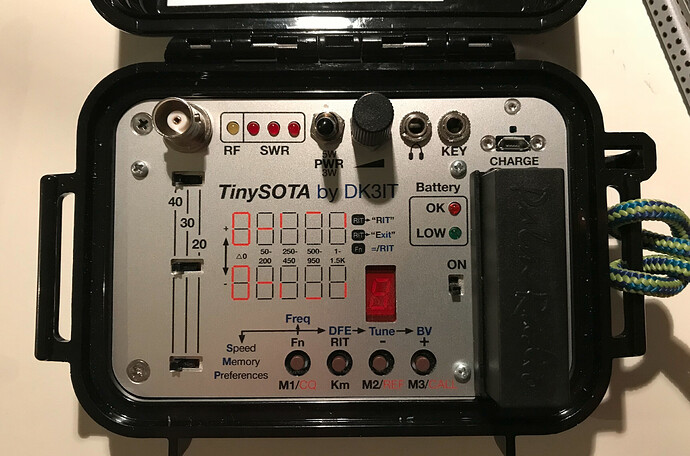Dear all:
On Tuesday, I was able to successfully activate the Matterhorn, HB/VS-006 and complete a total of eight QSOs.
Below, please find a few images from the activation.
Route
We took the Hörnli Ridge, the ‘easiest’ of the several ascents to the summit. Good descriptions are e.g. available from
-
Matterhorn Besteigung | Zermatt, Schweiz
and - https://www.bergsteigen.com/touren/klettern/matterhorn-hoernligrat/
The pure climbing difficulty is often rated as UIAA III to III+, but the real challenge is not in the technical climbing per se, but the fact that
- the ascent is >1200 m in vertical distance,
- the orientation is very difficult, in particular in the first third of the route, while missing the optimal route leads into loose rock and or areas exposed to stonefall from the main route,
and - the descent is as difficult as the ascent, i.e. you must climb fully focused for the entire tour of 7 - 9 hours, about half of the time in altitudes 4000m+ above sea level.
Hence, even experienced climbers usually go with a local mountain guide who knows the path along the maze of rocks even in darkness. I was glad to be guided by Emanuel Julen, a very experienced local mountain guide from Zermatt. Still, you have to climb for yourself :-).
The Matterhorn has actually two summits, the a few meters lower “Italian” summit with a summit cross, and the main Swiss summit. Both are divided by a ridge with a dip / saddle in between. I think that the Italian summit is still in the activation zone, but did not check that.
We started at 4:50 local time (2:50 UTC) at the Hörnlihütte (3260m asl) and arrived at the main summit (4478m asl) around 8:20 a.m. local time after 3 hours and 30 minutes of relatively fast climbing without any major stops.
After a short break on the main Swiss summit, we traversed a few meters back to somewhat protected small place, where I started my activation.
Activation
As it was clear that the available time on the summit would be very short, I designed a special vertical SOTA antenna for this activation. I will post more details later; in short, it is an up-and-outer (vertical with 1-2 radials) attached to a 5m carbon-fiber mast and designed to be used with an Elecraft T1 auto-tuner.
I had trained and optimized the fast deployment on the Breithorn plateau and the Oberrothorn HB/VS-125 the days before (e.g. attaching a small potato to the end of the radial for easy yet decomposable way of deploying it).
At 6:30Z I arrived at the operating position, and at 6:35Z I was QRV. Chris @F4WBN was the first to answer my call, then followed @EA2DT , @ON4VT , @ON7ZM , @HB9BAB /P, DL7UKD , @OK2PDT and @9A9AA . @HB9BAP was likely an S2S and I sent my REF, but could not get his REF.
By 6:48Z I had bagged eight QSOs, packed up, and the long and challenging descent began.
Descent
As expected, the descent was as challenging as the ascent, and by the time you already have a 3 - 5 climb in thin air in your bones. We started the descent by 6:55Z (8:55 local time) and arrived back at the Hörnlihut roughly 3 hours and 20 minutes later.
A big thanks goes to
- all chasers,
- to Emanuel for the excellent guiding and mountain companionship,
and to - to Manuel @HB9DQM and Matt @HB9FVF, who were the first to activate the Matterhorn and encouraged me to make my latent plan a reality when we jointly activated the Dammastock HB/UR-001 in 2019.
73 de Martin, DK3IT
Overview picture:
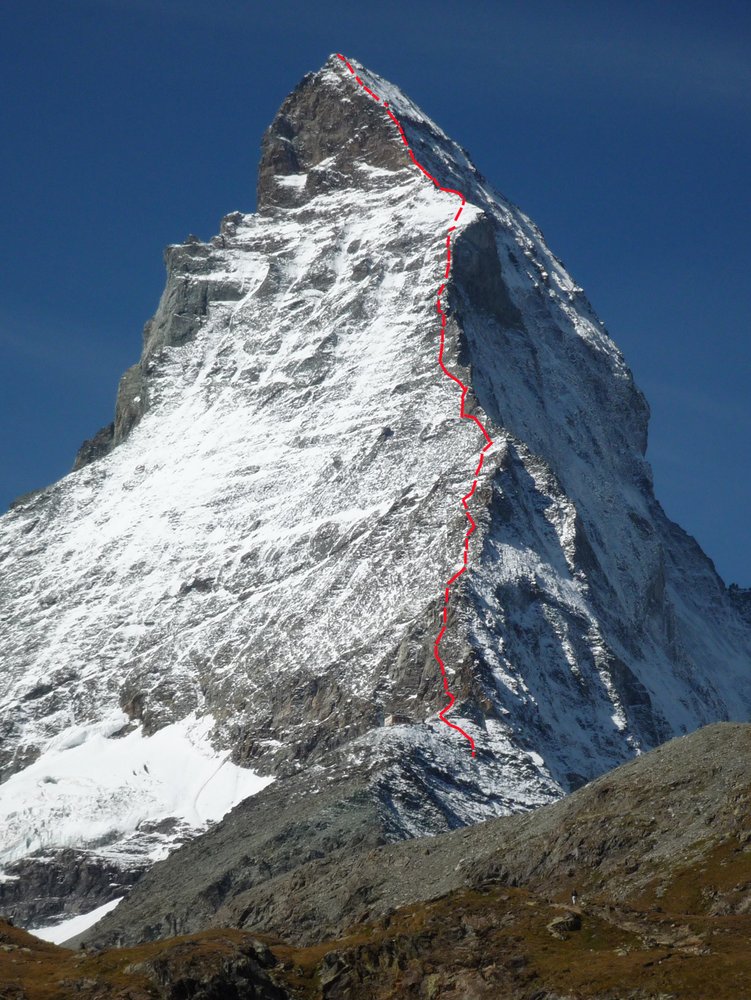 (Picture taken by Andreas Jentsch, see www.bergsteigen.com )
(Picture taken by Andreas Jentsch, see www.bergsteigen.com )
